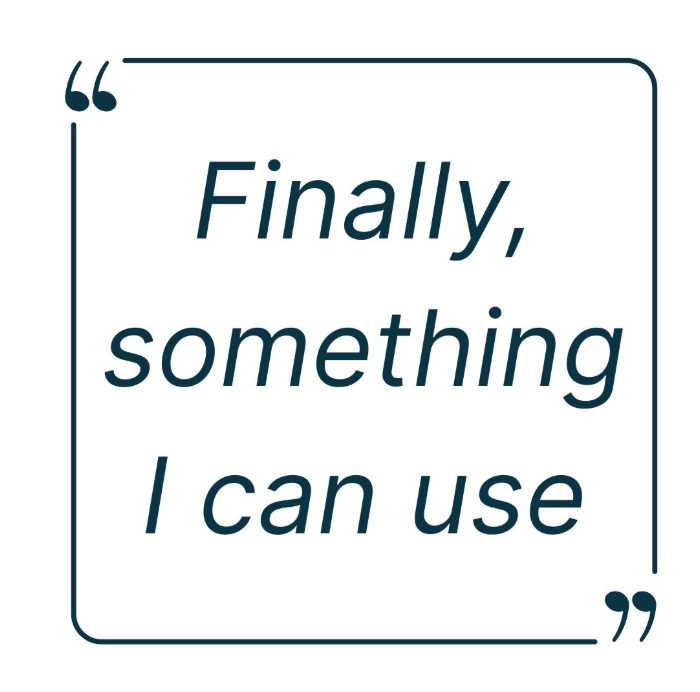The Tight 10 in Action: Early Wins from Cycle A
- Ali Wilson

- Apr 29
- 4 min read
Updated: Sep 10

By Dr. Ali Wilson and Kate Crist
Just a few weeks into piloting the Tight 10 in middle and high schools, we’re seeing momentum build and it’s not just about fluency gains. Teachers are telling us that this small, structured routine is delivering something they’ve been craving: a coherent, Tier 1-aligned tool that actually works. (If you missed our first post about the launch of this pilot, check it out here.)
The Tight10 is designed to connect research to practice in an effort to build coherence, the “secret sauce in a high quality education” (TNTP’s Instructional Coherence, 2023). The tool’s design leverages the growing evidence base indicating “trajectory-changing schools ensure that all pieces of the school’s instructional program - curriculum, materials, interventions and assessments - work together to advance the same set of grade-level expectations” (TNTP’s Opportunity Makers, 2024). This is precisely what the Tight10 does. It is a fluency routine that provides a coherent entry point into grade-level complex texts and accelerates that learning for students who need it most – all within 30 minutes a week. It’s fast. It’s focused. And most importantly, it’s fueling meaningful progress in our participating pilot schools.
Small Shifts Make a Big Impact
“Finally, something we can do.”
During Cycle A of our implementation, teachers explored the Tight 10 in its simplest form: a 10-minute oral reading fluency routine delivered three times a week using grade-level, content-rich texts. What we heard back was both encouraging and inspiring:

“I already want to do a PD with my whole school next year.”
“It feels really great to have something that isn’t intricate phonics—but still supports readers. I can coach it. Teachers can do it. Finally, something we can do.”
“My student with a kindergarten-level reading ability just read a 5th grade passage—and loved it. It was a huge confidence boost.”
“Students genuinely enjoy the routines.”
In this feedback, we see three powerful impacts of the Tight10: 1) Teachers find the approach reasonable, 2) Students enjoy using the routine, and 3) The routine is giving students reliable access to course content. These are promising wins at the pilot’s launch. Teachers also reported that students who have historically struggled to read out loud fluently have improved. Through the repetition and modeling built into the Tight10, these students have stronger decoding, increased enunciation, and greater engagement. And, encouraging for the pilot of an unfamiliar routine, many teachers reported they could complete the routine in just ten minutes.
Coherence in Action

In TNTP’s study on instructional coherence, one of the biggest takeaways was that when students encounter consistent instructional practices across classrooms, they experience stronger gains. The Tight 10 is designed exactly for that kind of system-wide integration. Whether implemented in ELA, science, or social studies, this fluency routine builds familiarity, reinforces foundational skills, and connects directly to content learning.
As one teacher put it:
“It’s so doable. The instructions are clear, the detail is concrete, and it never goes over 10 minutes. I didn’t even need PD to get started.”
Culture Builders: Confidence and Kindness
Teachers also noticed something less measurable but equally vital: classroom culture shifted. Students became supportive reading partners. Participation increased over the course of the cycle. One student even called the experience “so good” after trying a GLADD strategy during choral reading.
“If nothing else, I get to hear my kids read. And that’s everything.”
What’s Next: Building on the Foundation
Of course, not all parts of this pilot have been smooth. Some teachers in the pilot have struggled selecting a text for students to engage with repeatedly. Others have expressed concerns about uneven skill development for students at this early stage. While challenging for students and teachers, we see these struggles as points for curiosity and to lean-in on student-centered design. They have us considering how to support text selection in new ways - how might we engage students in text selection? Could we try providing a menu of texts for teachers or students to choose from? They also have us wondering about data collection in the pilot - what easy-to-implement assessments might teachers use to gauge student progress? Might student reading improve over a longer horizon? These are design questions that will support work not only in this pilot, but for the tool moving forward.
Excitingly, the pilot has also prompted teachers to ask questions focused on other points of Tight10 implementation. Such “next-level questions” include:
When and how could this be integrated across Tiers, such as in small-group or intervention?
How should the Tight10 evolve in higher grade levels?
What does the Tight10 look like as it scales across content areas in my school?

All of these questions are critical for driving a strong implementation process. They help us ground the design and use of the Tight10 in a coherent system at the secondary level that builds for equity, and focuses on high-leverage instructional practices.
As we move into Cycle B, teachers will begin layering in text-dependent comprehension tasks—connecting fluency practice more explicitly to meaning-making. We can’t wait to keep learning alongside our pilot partners. Stay tuned for updates on how Cycle B goes!
Want to Try the Tight 10? Start here with our original blog: Launching the Tight 10 in Middle and High Schools or check out Education4500's: You Want Me to Add Fluency?
Note: This blog is crossposted and has been written in collaboration with Education4500.
